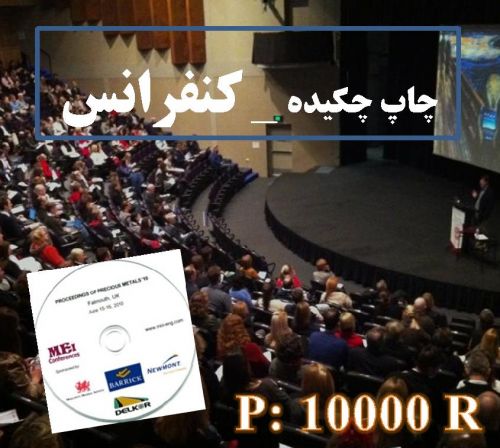Acanthiophilus helianthi Rossi, 1794 (Diptera: Tephritidae) is a pest of safflower and managing it is a challenge because of its fecundity and concealed larval habitat. Potential components of an integrated pest management program for Acanthiophilus helianthi were investigated at the Gachsaran Agricultural Research Station, in southern Iran from November 2008 to July 2009. For the life cycle studies, the infected flower heads were collected from an experimental field plot and were developed from egg to adult under laboratory conditions. The results showed that the first adults emerged gradually in mid April 2009. Female Acanthiophilus helianthi had a pre-oviposition period of 5.8 ± 1.0 days and the average fecundity was 27 ± 3.2 eggs. The eggs were laid in the bracts of flower heads singly or in clusters of 3–18. The incubation period was 3.8 ± 0.6 days under field conditions and 3.4 ± 0.6 days under cage conditions. Three larval instars occurred, and the larval phase was 7–10 days. Males emerged earlier than females, but the longevity of the adult females (12 ± 3.0) was significantly greater than that of males (8 ± 1.0). Analysis of aggregated male and female sampling data showed that the sex ratio was 1:1.28. To evaluate the efficiency of different methods of fruit fly control on safflower, a field experiment was carried out. Five diverse methods, insecticides, baiting, cultural, Integrated Management and no treatment were assessed on weight of one thousand seeds, percentage of oil, percentage seed damage and yield per ha. Integrated Management and insecticide control indicated best results with harvest potential of 1850 and 1723 kg ha-1 with a least damage of 5% and 8% respectively. Since use of selective insecticides is one of the most important methods for pest management, we evaluated the efficacy of six insecticides against Acanthiophilus helianthi infesting safflower. Among the treatments Endosulfan 35% EC at 0.03% proved more effective followed by Chlorpyriphos and Monochrotophos. The means achieved for the integrated management with respect to the measures of harvest (kg ha-1) and percentage of oil were observed economically prosperous. Furthermore, the integrated management method, based on the results achieved, revealed to be ecologically promising. The integrated pest management treatment can be used as a safe insecticidal to the environment. It builds better conditions for growth of plant and could decrease pest population and damage; hence, it can increase crop harvest. The relatively high percentage of damage under no intervention condition (39%) compared to the acceptable level of 5% damage under the integrated management method would justify the necessity to utilize the economically proven and ecologically verified integrated management method in order to improve the crop produce and decrease the percentage of damage.
کلید واژگان :Acanthiophilus helianthi, damage, insecticides, integrated management, efficacy, Gachsaran (Iran)
ارزش ریالی : 100000 ریال
با پرداخت الکترونیک
جزئیات مقاله
- کد شناسه : 7143560090648657
- سال انتشار : 2012
- نوع مقاله : چکیده مقاله پذیرفته شده در کنفرانس ها(فایل کامل مقاله بارگزاری گردد)
- زبان : انگلیسی
- محل پذیرش : International scientific conference "Fruit flies and other dipterous plant pests", July 9–12, 2012 Riga (Latvia)
- برگزار کنندگان :
- تاریخ ثبت : 1394/04/08 22:31:46
- ثبت کننده : کریم سعیدی
- تعداد بازدید : 298
- تعداد فروش : 0
